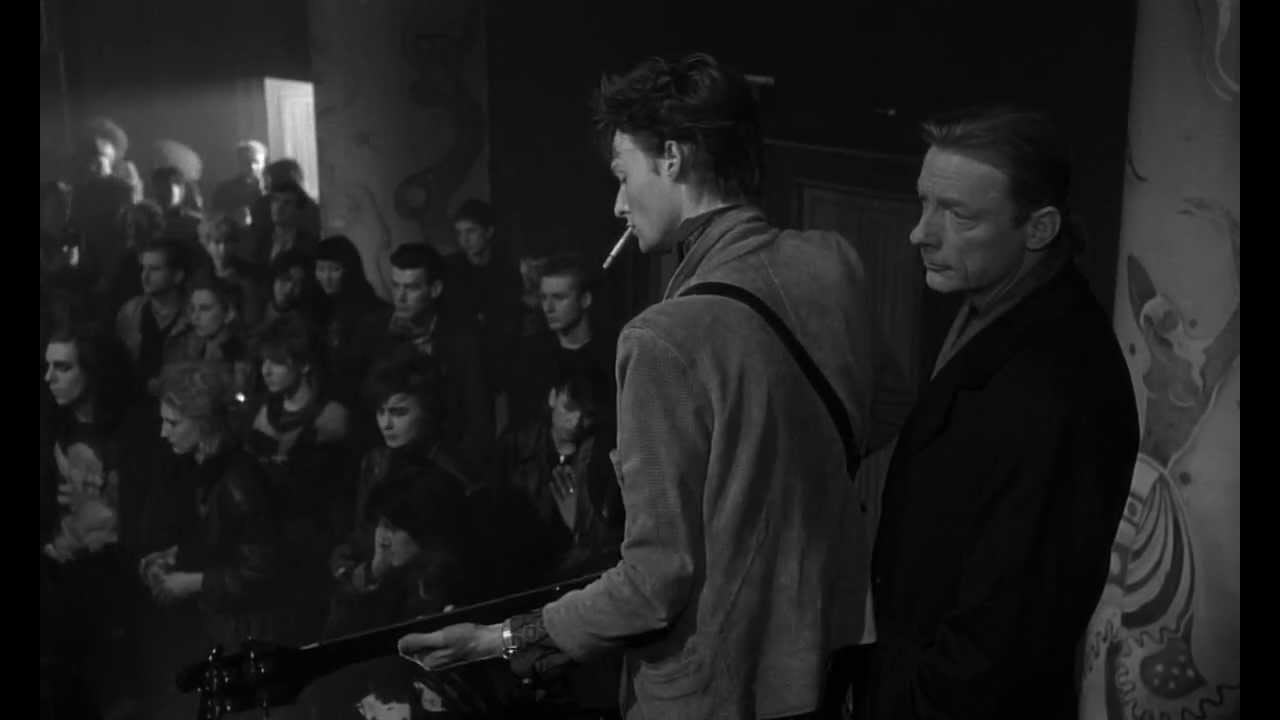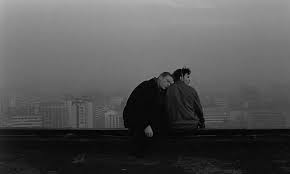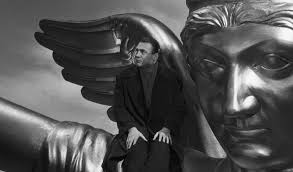Wings of Desire (1987)

Wings of Desire (1987) Review – A Poetic Exploration of Love and Humanity
Introduction
Wings of Desire (1987), directed by Wim Wenders, is a mesmerizing blend of romance, fantasy, and philosophy. Set in a divided Berlin before the fall of the wall, the film follows two angels, Damiel (Bruno Ganz) and Cassiel (Otto Sander), as they observe the lives of the city’s inhabitants. A beautiful meditation on love, loneliness, and the human condition, Wings of Desire remains one of the most distinctive and thought-provoking films of the 1980s. With stunning cinematography, a haunting score by Jürgen Knieper, and performances that exude quiet depth, it continues to resonate with audiences today. This review explores the film’s plot, themes, performances, cinematography, and its lasting cultural impact.
Plot Summary
The story revolves around two angels, Damiel and Cassiel, who silently watch over the citizens of West Berlin. As they move through the city, they observe the struggles, joys, and sorrows of human life. Damiel, in particular, is deeply affected by the people he watches, particularly a beautiful trapeze artist, Marion (Solveig Dommartin), who dreams of escaping her own emotional isolation.
Although the angels can hear the thoughts of the humans they observe, they are unable to intervene in their lives. They can only offer comfort and presence, acting as silent witnesses to human existence. Damiel longs for something more—an experience of love, of humanity—so he makes the fateful decision to become mortal in order to be with Marion.
The film contrasts the serene, timeless world of the angels with the vibrant, messy lives of the humans below, capturing the complexity of existence and the profound beauty of human emotions.
Themes and Symbolism
Love and Desire
Wings of Desire explores the power of love as a transformative force. Damiel’s longing for Marion represents the yearning for connection that transcends both physical and spiritual realms. The idea of becoming human is tied to the desire to experience love, loss, and everything that makes us alive.
Humanity and Mortality
The film delves into what it means to be human—especially the experiences of pain, joy, and impermanence. The angels, with their eternal perspective, see everything but can’t participate in it. In choosing to become human, Damiel embraces the messy, fleeting nature of life and discovers the beauty in imperfection.
Isolation and Connection
Loneliness is a central theme, as both the angels and humans struggle with the difficulty of truly connecting with others. The film shows how even in a crowded city, individuals can feel isolated, but the longing for connection is what makes life meaningful.
Performances
Bruno Ganz as Damiel
Ganz’s portrayal of Damiel is deeply moving, capturing the quiet longing and existential questioning of an angel who yearns to experience humanity. His performance evokes a quiet sadness, making his eventual decision to become human all the more poignant.
Solveig Dommartin as Marion
Dommartin’s portrayal of Marion, the trapeze artist, adds emotional weight to the story. As a woman caught in her own sense of isolation and longing, she embodies the human condition, balancing vulnerability and strength.
Otto Sander as Cassiel
Sander’s performance as Cassiel is understated and reflective, providing a counterpoint to Damiel’s emotional journey. His role as the more detached angel offers a subtle contrast to Damiel’s evolving desire to experience the fullness of life.
Cinematography and Visual Style
Wings of Desire is renowned for its stunning cinematography, with cinematographer Henri Alekan capturing Berlin’s post-war landscape in beautiful black-and-white, with muted tones that reflect the stillness of the angels’ existence. When the film shifts to color, it visually represents Damiel’s transition into humanity and the vibrancy of human experience.
The film uses light and shadow masterfully to highlight the contrast between the angels’ ethereal, detached perspective and the emotional, vibrant world of humans. Wenders’ use of Berlin as a backdrop provides a symbolic setting for the film’s exploration of division and reunification, both in terms of geography and the human heart.
Music and Sound Design
Jürgen Knieper’s haunting score is integral to the film’s emotional impact, weaving a sense of melancholy and longing throughout. The music complements the visual style, elevating the film’s reflective and introspective tone. The use of spoken word, with excerpts of poetry, also adds a layer of philosophical depth.
Cultural Impact and Legacy
Wings of Desire became an instant classic upon its release, praised for its emotional depth, philosophical themes, and visual style. It influenced subsequent films, particularly in the genre of existential drama and art-house cinema. The film was also the inspiration for City of Angels (1998), a Hollywood remake, though the original’s quiet introspection and depth remain unmatched.
The film is often cited as one of the greatest examples of European cinema and continues to resonate with audiences for its meditative exploration of love, mortality, and human connection.
Final Verdict
Wings of Desire is an intimate, thought-provoking masterpiece that beautifully captures the complexities of human life. With brilliant performances, stunning cinematography, and a deeply reflective script, it remains one of the most powerful films about love, isolation, and what it means to be human.
For fans of contemplative cinema, Wings of Desire is essential viewing. Its mix of fantasy, philosophy, and visual poetry makes it one of the finest films of the 1980s.











